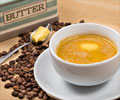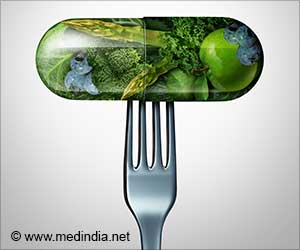
‘In addition to contributing flavor in the coffee beans, the fermentation process also has a protective effect by preventing the growth of undesirable microorganisms that can cause off-flavors.’





"A cup of coffee is the final product of a complex chain of operations: farming, post-harvest processing, roasting and brewing," said lead investigator Luc De Vuyst, Professor at the Vrije Universiteit Brussel, in Belgium. There are several variants of post-harvest processing, among which wet processing and dry processing are the most common. Wet processing -- commonly used for Arabica and specialty coffees -- is the step that includes fermentation.
The research, published in the Applied and Environmental Microbiology journal, was carried out at an experimental farm in Ecuador. The team found that during extended fermentation, leuconostocs -- a genus of lactic acid bacteria used in the fermentation of cabbage to sauerkraut and in sourdough starters -- declined in favor of lactobacilli.
Lactic acid bacteria were already present before fermentation, and these acid tolerant lactobacilli proliferated even more during this process.
"It is challenging to draw a causal link between the microbiota and the volatile compounds in the beans -- those compounds that contribute to the coffee's smell -- since many of these compounds can be of microbial, endogenous bean metabolism, or chemical origin," De Vuyst said.
Advertisement
It may have "had a protective effect toward coffee quality during fermentation because of their acidification of the fermenting mass, providing a stable microbial environment and hence preventing growth of undesirable micro-organisms that often lead to off-flavors," he said.
Advertisement
Source-IANS









